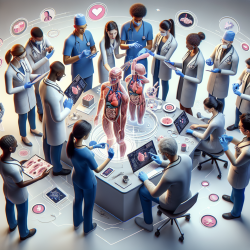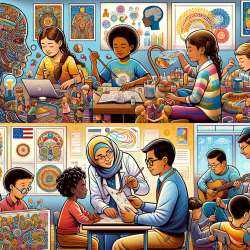Introduction
In the realm of medical education, the clinical learning environment plays a pivotal role in shaping the professional values and development of medical students. Despite efforts to monitor and improve these environments, mistreatment of medical students remains a persistent issue. A recent study titled A model of influences on the clinical learning environment: the case for change at one U.S. medical school offers valuable insights into addressing these challenges through the implementation of the WE SMILE program.
Understanding the WE SMILE Program
The WE SMILE program, an acronym for "We can Eradicate Student Mistreatment In the Learning Environment," was developed to enhance awareness and eliminate mistreatment in medical education. The program outlines six key steps:
- Defining mistreatment and setting clear behavioral expectations for all stakeholders.
- Educating participants about mistreatment and appropriate behaviors.
- Establishing anonymous and confidential reporting mechanisms.
- Implementing fair review and adjudication processes for reported incidents.
- Monitoring and enforcing policies to ensure accountability.
- Communicating outcomes to close the feedback loop with students.
Key Outcomes and Benefits
Since its inception, the WE SMILE program has demonstrated significant improvements in student awareness and reporting of mistreatment. Key outcomes include:
- Increased student awareness of mistreatment policies from 67% to nearly 100%.
- Consistent positive trends in reporting mistreatment incidents.
- Enhanced understanding of student perceptions through multiple reporting pathways.
- Improved institutional response and accountability, fostering a safer learning environment.
Implementing Change: A Call to Action
For practitioners seeking to improve their skills and contribute to a positive clinical learning environment, the WE SMILE program offers a replicable model. Key actions include:
- Advocating for institutional leadership to prioritize and communicate respectful behaviors.
- Encouraging the adoption of comprehensive reporting and review mechanisms.
- Participating in educational initiatives to raise awareness of mistreatment issues.
- Supporting the creation of a common platform for interprofessional communication and resolution.
Conclusion
The WE SMILE program provides a strategic framework for addressing mistreatment in medical education. By fostering a respectful and accountable learning environment, institutions can enhance student experiences and ultimately improve patient care. Practitioners are encouraged to adopt or adapt these strategies to create a positive impact within their own educational settings.
To read the original research paper, please follow this link: A model of influences on the clinical learning environment: the case for change at one U.S. medical school.










